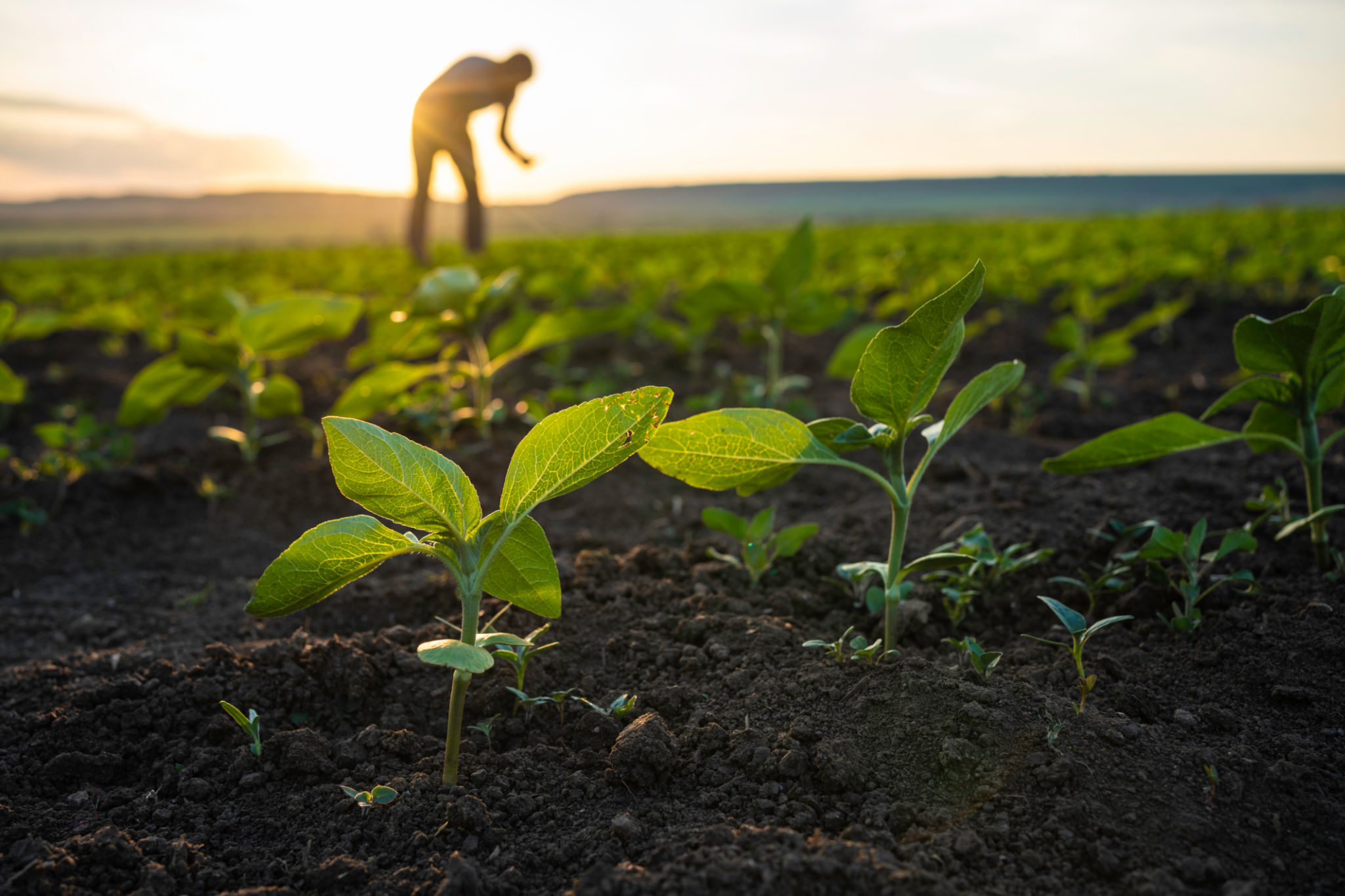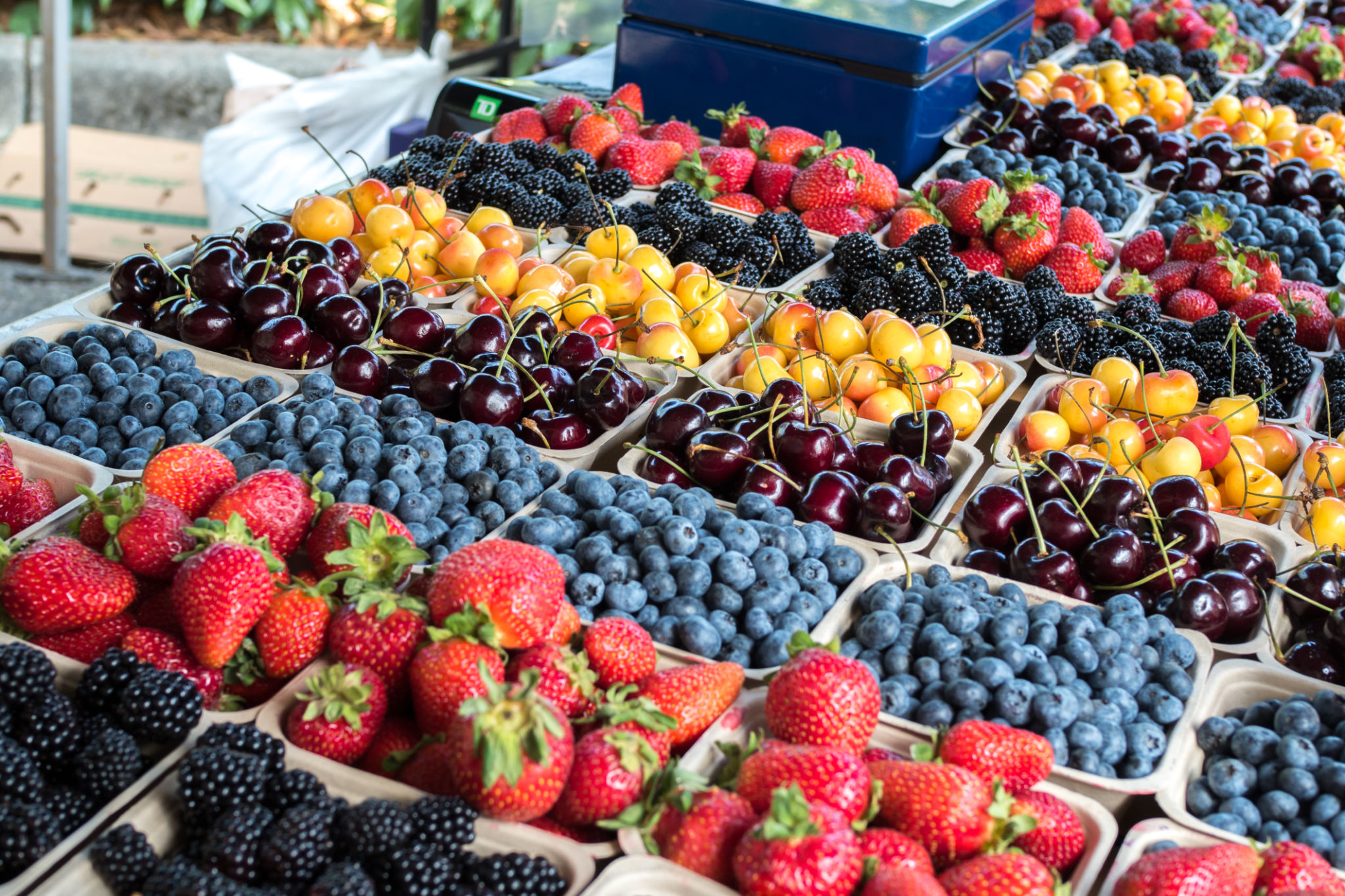Urban Farming vs. Traditional Farming: Which is Right for You?
LW
Understanding Urban Farming
Urban farming is a growing trend that involves cultivating, processing, and distributing food in or around urban areas. This method of farming can take place in a variety of settings such as rooftops, balconies, and vacant lots. The main allure of urban farming is its ability to bring food production closer to city dwellers, reducing the need for long-distance food transportation. Additionally, it provides an opportunity for city residents to engage in sustainable practices and reconnect with nature.

One of the primary advantages of urban farming is its potential to contribute to local food security. Communities can benefit from fresher produce and reduced reliance on imported goods. Moreover, urban farms often incorporate innovative technologies like hydroponics and vertical farming to maximize space and increase yield, making them suitable even for densely populated areas.
Exploring Traditional Farming
Traditional farming, on the other hand, typically takes place in rural settings and involves large-scale cultivation on expansive plots of land. This form of agriculture has been the backbone of food production for centuries and is characterized by the use of soil-based planting methods, seasonal cycles, and conventional farming equipment.

The benefits of traditional farming include the ability to produce food on a large scale and the use of well-established techniques that have been refined over generations. Farms are often family-owned, with knowledge passed down through the years, creating a deep connection between farmers and the land they cultivate. However, traditional farming faces challenges such as dependency on weather conditions and the environmental impact of some conventional practices.
Sustainability Considerations
Both urban and traditional farming have roles to play in promoting sustainability. Urban farming emphasizes resource efficiency and often employs organic methods to minimize environmental impact. It also encourages biodiversity by enabling city dwellers to grow a variety of crops in small spaces.

Conversely, traditional farms are increasingly adopting sustainable practices such as crop rotation, cover cropping, and integrated pest management to enhance soil health and reduce chemical use. The challenge lies in balancing productivity with environmental stewardship, ensuring that food production does not come at the expense of natural resources.
Economic Impact
Urban farming can stimulate local economies by creating jobs and fostering entrepreneurship within communities. Farmers’ markets and farm-to-table restaurants are just a few examples of how urban agriculture can contribute to economic growth. Additionally, local food production can reduce costs associated with transportation and storage.
Traditional farming also plays a crucial role in supporting economies, particularly in rural areas where agriculture is a primary source of employment. Large-scale farms often produce essential commodities that support global supply chains, making them integral to both local and international markets.
Which is Right for You?
The decision between urban and traditional farming depends on individual preferences, resources, and goals. If you live in a city and wish to contribute to local sustainability efforts while enjoying fresh produce, urban farming might be the right choice. It offers flexibility and creativity in how you utilize available space.

If you have access to larger plots of land and are interested in producing food at scale, traditional farming could be more suitable. It allows for the cultivation of diverse crops and livestock, offering a broader range of agricultural activities.
Ultimately, both urban and traditional farming have unique advantages that can complement each other. By understanding the strengths and limitations of each approach, you can make informed decisions about which method aligns best with your values and lifestyle.
